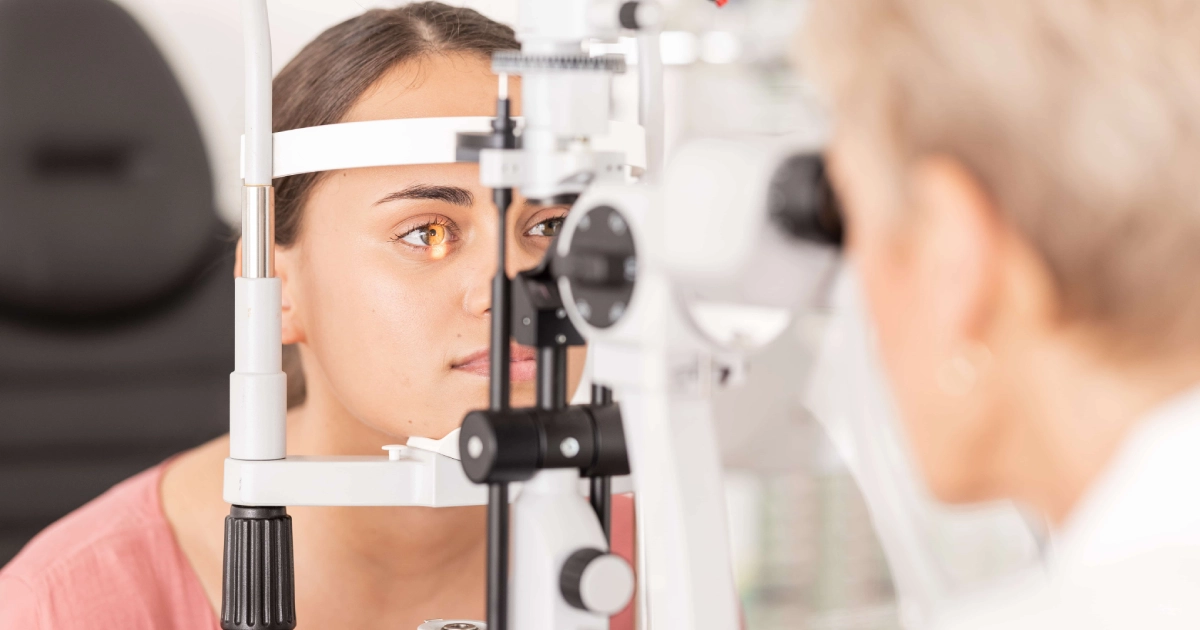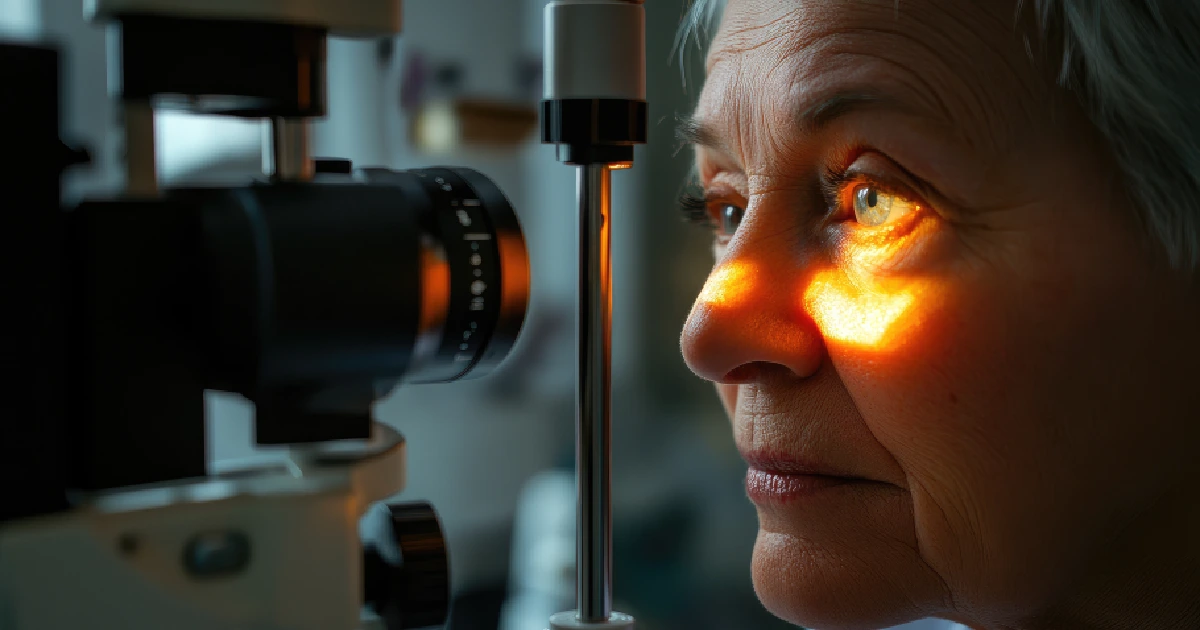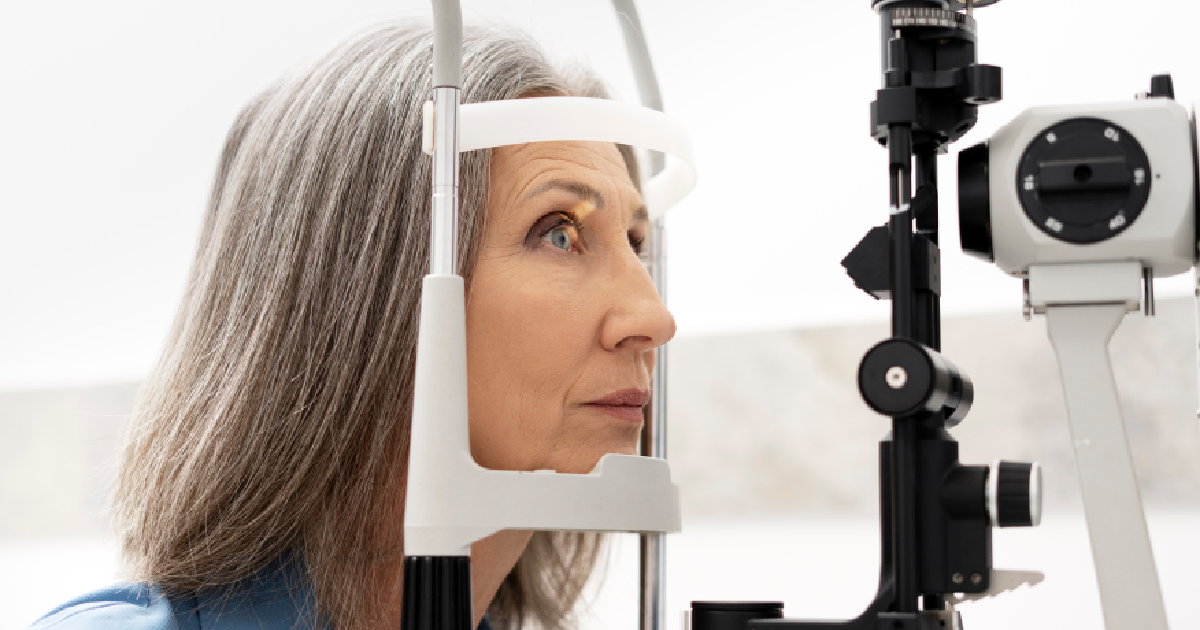Table of Contents
For many older adults and those with a family history of eye conditions, glaucoma often feels like a silent threat, creeping in without warning and causing permanent damage before it’s even noticed. If you or someone you love has been newly diagnosed, or if you’re simply trying to stay ahead of age-related eye concerns, it’s natural to feel confused about what glaucoma is and how to manage it.
Many Chicago residents seeking support from experienced eye health specialists seek straightforward, trustworthy information, without medical jargon or overwhelming treatment talk. This guide covers what glaucoma is, why it happens, what signs to look out for, and how today’s treatments are making a difference in chronic eye disease management.
Understanding Glaucoma?
Glaucoma is a group of eye conditions that damage the optic nerve, the crucial link between the eye and brain. This damage is often—but not always—caused by increased pressure within the eye, known as intraocular pressure (IOP). When left untreated, glaucoma can gradually reduce peripheral vision until it eventually leads to total vision loss.
Unlike some eye conditions that cause immediate discomfort or blurry vision, glaucoma can develop slowly over the years without noticeable symptoms. That’s why it’s often called the “silent thief of sight.” Understanding this condition and seeking regular check-ups is key to preserving your vision long-term.
Common Causes and Risk Factors
While glaucoma can affect anyone, certain people are at a higher risk. Here are some of the most common causes and contributing factors:
- Age: People over 60 are significantly more at risk.
- Family history: Genetics plays a strong role. Having a family member with glaucoma increases your risk.
- Eye injuries: Past trauma can lead to secondary glaucoma.
- Chronic conditions: Diabetes, hypertension, and even long-term use of corticosteroids can increase the likelihood.
- Ethnicity: African American, Hispanic, and Asian populations tend to face a higher risk, particularly for specific types of glaucoma.
- Thin corneas or high IOP: These physical characteristics can predispose individuals to optic nerve damage.
Being proactive about vision loss prevention starts with knowing whether you’re in one of these high-risk groups.
Recognizing Glaucoma Symptoms
One of the most challenging aspects of glaucoma is its ability to remain symptomless in the early stages. But depending on the type of glaucoma, symptoms can differ:
- Open-angle glaucoma (most common): Slow loss of peripheral vision, which often goes unnoticed until significant damage has occurred.
- Angle-closure glaucoma: Sudden symptoms such as eye pain, nausea, red eyes, blurred vision, and halos around lights.
- Normal-tension glaucoma: Even with normal eye pressure, optic nerve damage occurs, especially in those with a family history or vascular conditions.
- Congenital glaucoma: Detected in infants, with signs like clouded eyes, excessive tearing, and sensitivity to light.
If you or a loved one experiences any vision changes, particularly peripheral vision loss or eye discomfort, it’s worth consulting eye health specialists in Norwood Park Eye Center Chicago for further evaluation.
Glaucoma Treatment Options
Glaucoma treatment reduces intraocular pressure and protects the optic nerve from further damage. While the disease isn’t curable, it can often be controlled. Treatment depends on the type and severity of the condition.
1. Medicated eye drops
These are usually the first line of defense. They decrease eye pressure by reducing fluid production or improving fluid drainage. Adherence to these drops is essential—they must be taken consistently, often for life.
2. Oral Medications
Sometimes prescribed alongside eye drops, these can reduce eye pressure systemically. However, they may have more noticeable side effects, so close monitoring is essential.
3. Laser Treatments
Laser trabeculoplasty is commonly used to improve drainage in open-angle glaucoma. For angle-closure types, laser iridotomy creates a small hole in the iris to relieve pressure.
4. Glaucoma Surgery Options
In cases where medications and laser treatments aren’t enough, surgery may be recommended. These include:
- Trabeculectomy: Creates a new drainage path for fluid.
- Tube shunt surgery: A small tube is implanted to help drain excess fluid.
- Minimally invasive glaucoma surgery (MIGS): Often combined with cataract surgery, this newer approach has a faster recovery time and fewer complications.
Patients receiving glaucoma treatment in Chicago, IL, especially at practices like Norwood Park Eye Center, often benefit from personalized plans incorporating the latest evidence-based care.
Living with Glaucoma: Management and Monitoring
Managing a chronic eye disease like glaucoma is a long-term commitment. The earlier it’s diagnosed, the better the chances of preserving vision. Here’s what long-term care looks like:
- Routine eye exams: For those at risk, annual dilated exams are key to catching glaucoma early.
- Lifestyle adjustments: Managing blood pressure, staying active, avoiding smoking, and wearing eye protection can all support eye health.
- Follow-up care: Ongoing care includes adjusting treatments, monitoring eye pressure, and tracking visual field changes.
For many, establishing care with a trusted specialist is the most crucial step. A consistent approach and early intervention can make a huge difference.
FAQs About Glaucoma
Can glaucoma be cured?
No. While it can’t be cured, glaucoma can be managed effectively with medications, laser treatments, or surgery to prevent further vision loss.
Is vision loss from glaucoma reversible?
Unfortunately, any vision already lost to glaucoma cannot be restored. That’s why early detection is critical.
Do I need surgery if I have glaucoma?
Not always. Many cases are controlled with eye drops or laser therapy. Surgery is generally the last step when other treatments fail to manage eye pressure.
How often should I get checked for glaucoma?
Annual comprehensive eye exams are strongly recommended if you’re over 60, have a family history, or are in another high-risk group.
Is glaucoma painful?
Most types are painless, which is why they can go undetected. However, angle-closure glaucoma can be painful and requires emergency treatment.
Protect Your Vision with Expert Care
Glaucoma may be a chronic condition, but it doesn’t have to mean losing your independence or your vision. With early diagnosis and consistent care, many live whole, active lives without further deterioration.
If you’re in the Chicago area and are concerned about vision changes, eye pressure, or family history, consider consulting with trusted professionals. Norwood Park Eye Center offers advanced options for glaucoma treatment in Chicago, IL. Contact us now to learn more.






